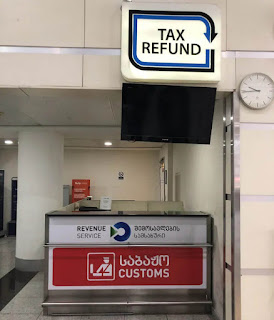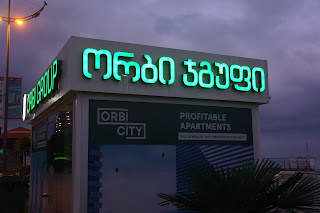Low Value Guadeloupe in the French Caribbean Islands
We had been hoping to go to Guadeloupe for years but the island was closed during the recent flu hysteria. When France finally reopened it, we rushed immediately in.
Guadeloupe is interesting due to its rare location in the tropics and within the European Union. EU citizens can stay there indefinitely without visa-runs. In principle, the unlimited stay should only apply to French citizens but our passports were not even checked at the border since the island is inside of the EU area. The entry was hassle-free and the climate also proved to be nice. Even though it was September and the rainy season, the wheather was mostly sunny and dry. Everything else, however, was not quite as we had hoped for.
Like Jamaica...
Guadeloupe reminded us of Jamaica where we had been staying for a couple of months ten years earlier. Like Jamaicans, most Guadeloupeans live in the inner parts of the island in one-storey houses or shacks that are accessed by tiny bad roads. Thanks to excessive traffic and no walkways for pedestrians, the island is not walkable. The other travellers we met solved the issue by renting a car.
Guadeloupe is small, so the sea is never really far away even when living inland. There are several places where to reach the beach, but unfortunately trash and algae make swimming unattractive. While Guadeloupe also boasts well-maintained private beaches, they are out of reach for ordinary Guadeloupeans.
The division between locals and tourists is striking. While tourists enjoy first-class service and an abundance of food and fancy drinks in all-inclusive resorts, locals queue for basic necessities in budget supermarkets. We stopped by in one LeaderPrice near the airport and stood in the queue for an hour. When we asked locals if this was unusual, they shook their head. "No, it's actually better than usually", they said. Many shelves were empty, and the prices were at European levels. Many people survive just because they grow their own food. Also the cost of rent, utilities and medicines is sky-high coupled with low quality. Frankly, the value could not be much lower. According to locals, the main cause of the cost of living crisis is excessive corruption that has deep roots in local government.
...but not like the other Caribbean islands
The high cost of living brings about many problems. At the outskirts of the capital, Pointe-à-Pitre, drugs and prostitution flourished, and in the center theft. Pointe-à-Pitre was, in fact, the first place where we didn't feel comfortable taking our camera out for filming and photoshooting. There were simply too many people seeking extra income.
Although Pointe-à-Pitre is small, it isn't inviting. There are scarcely any beautiful places to see, and the city is missing the laid-back feeling of other Caribbean islands. Shops and restaurants do not play salsa and merengue, houses are grey, and people look downright depressed. After a week, we felt like leaving. Ironically, we also had to pay dearly for getting out. The only cheap flights were to Paris, from where we had just arrived. The flights to the nearby islands cost almost twice as much. Still, we felt it was a win-win. We had had our chance to explore the island a bit, and we were happy to continue our explorations elsewhere in the Caribbean.







Comments
this is very excited for me.